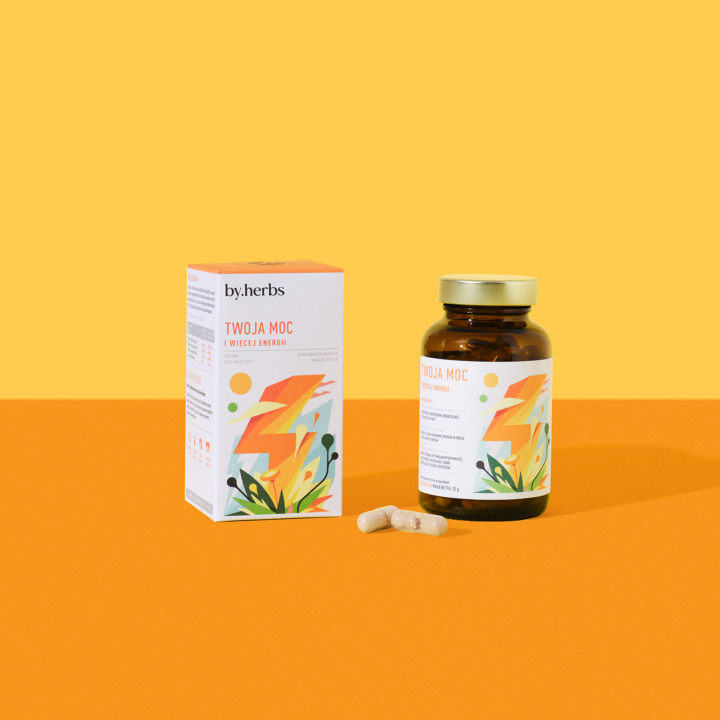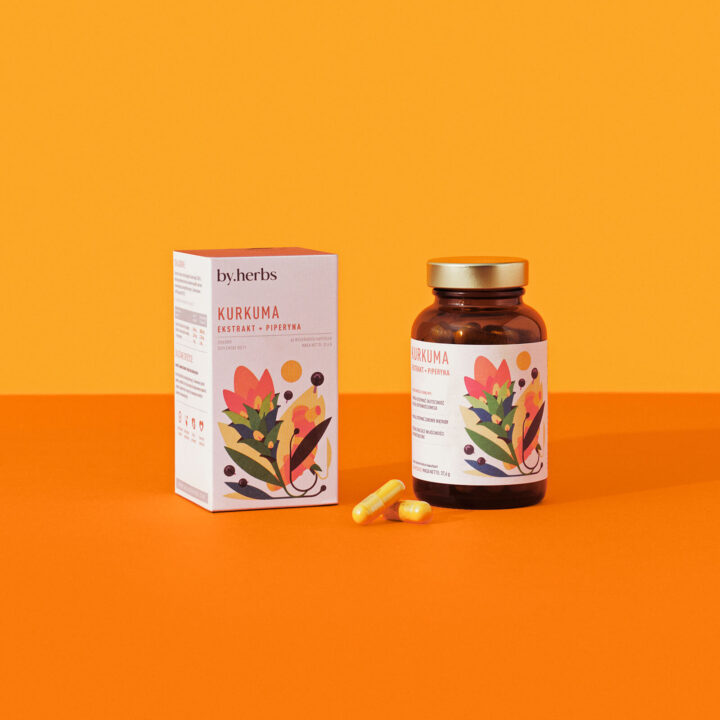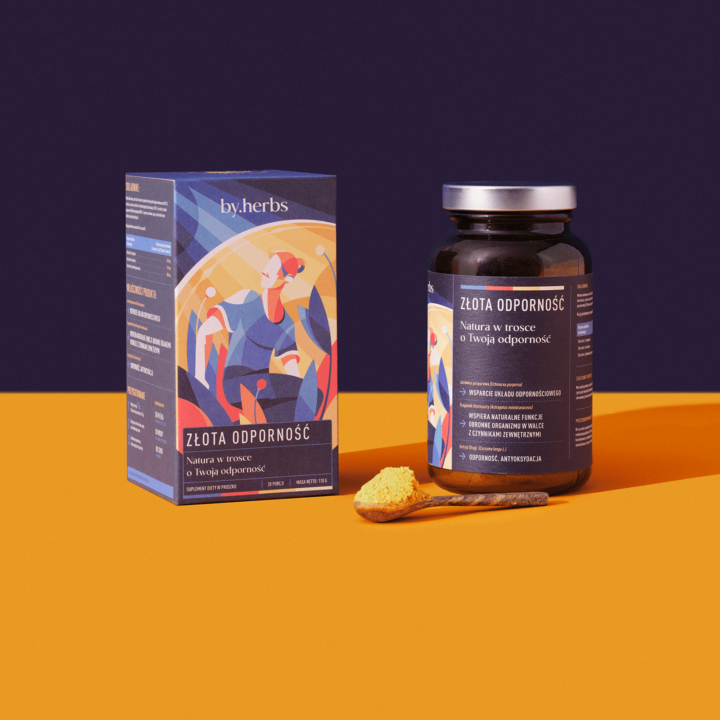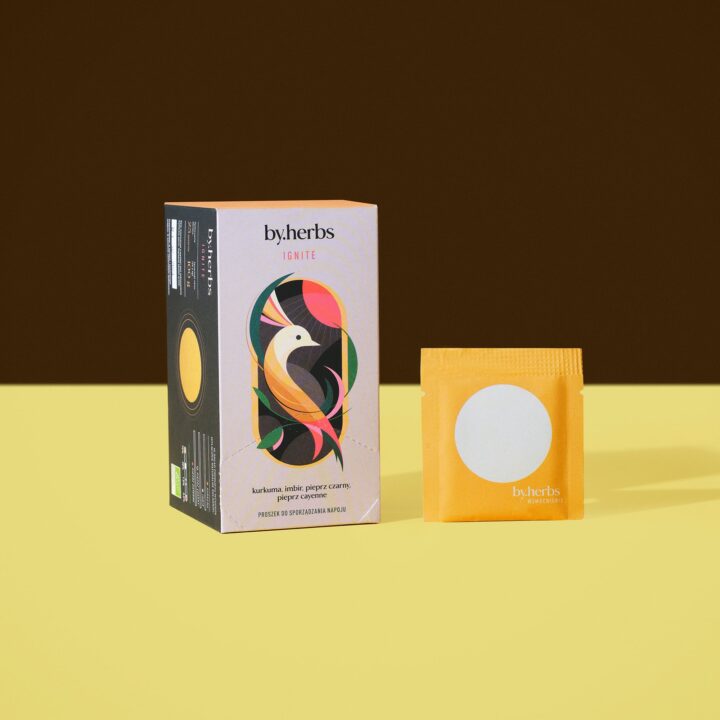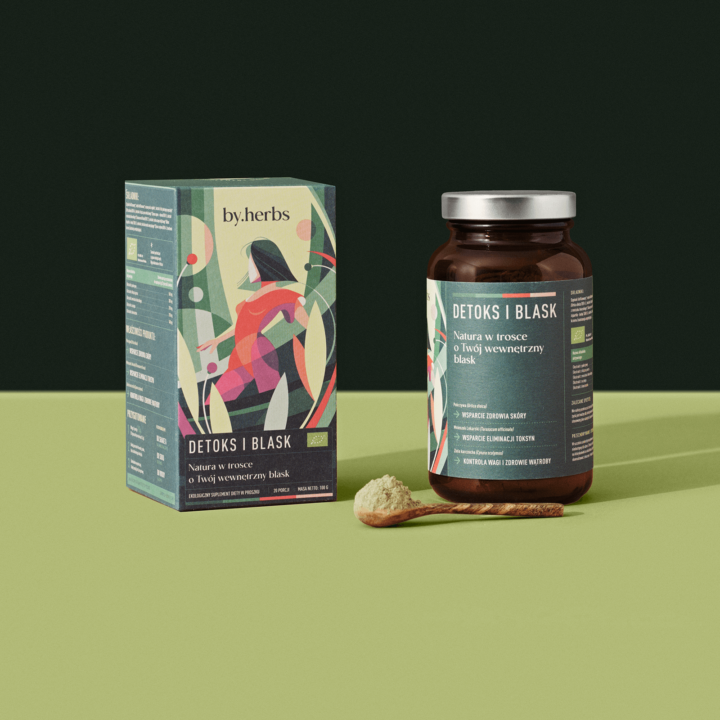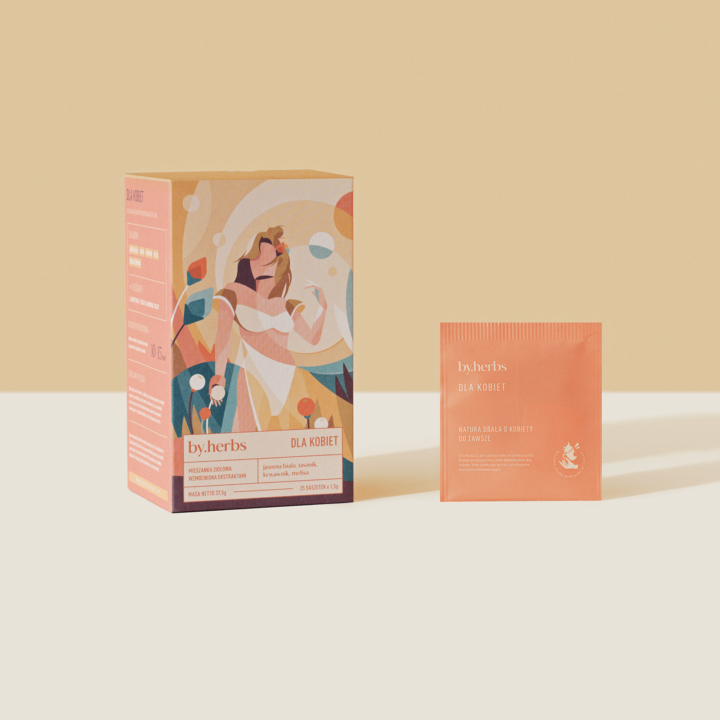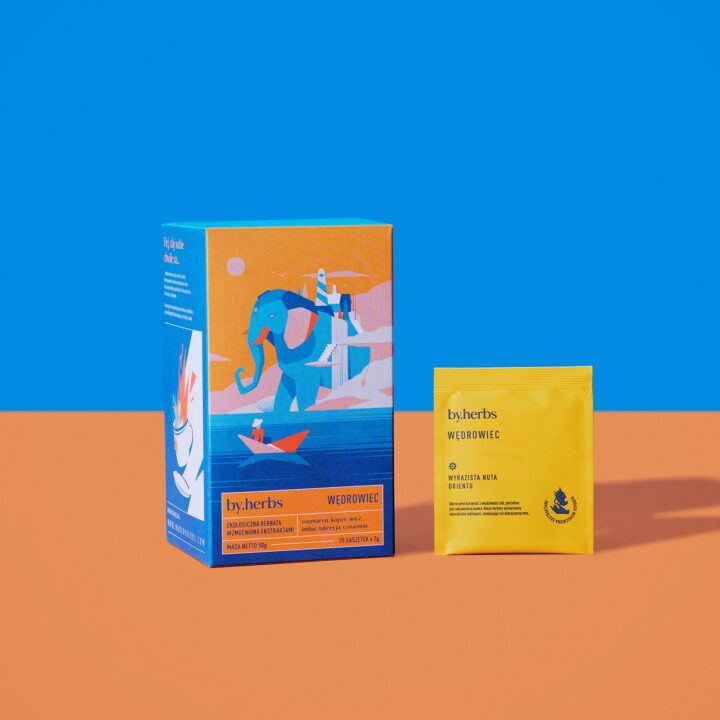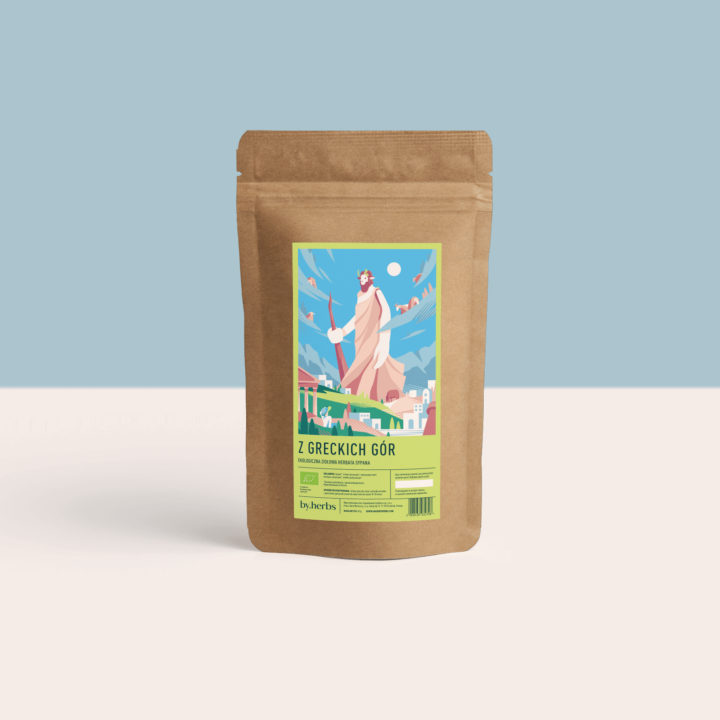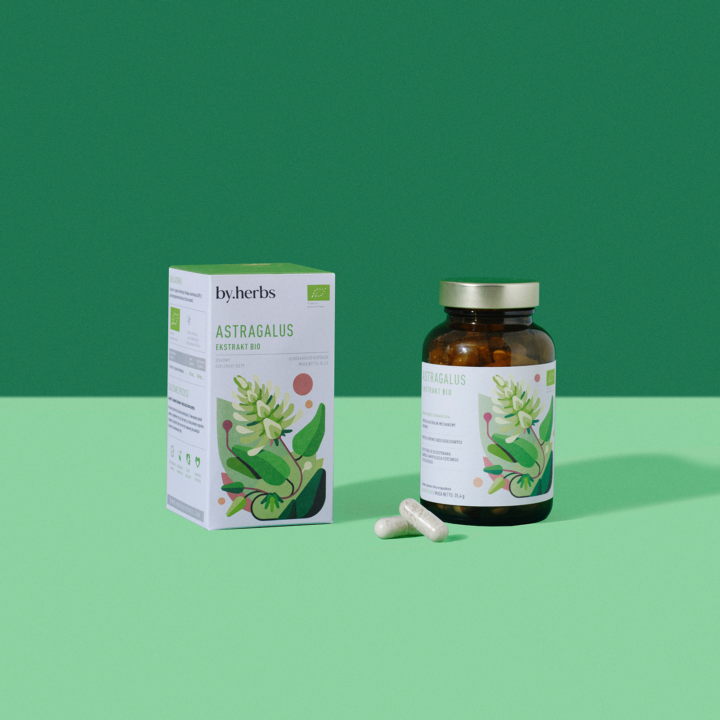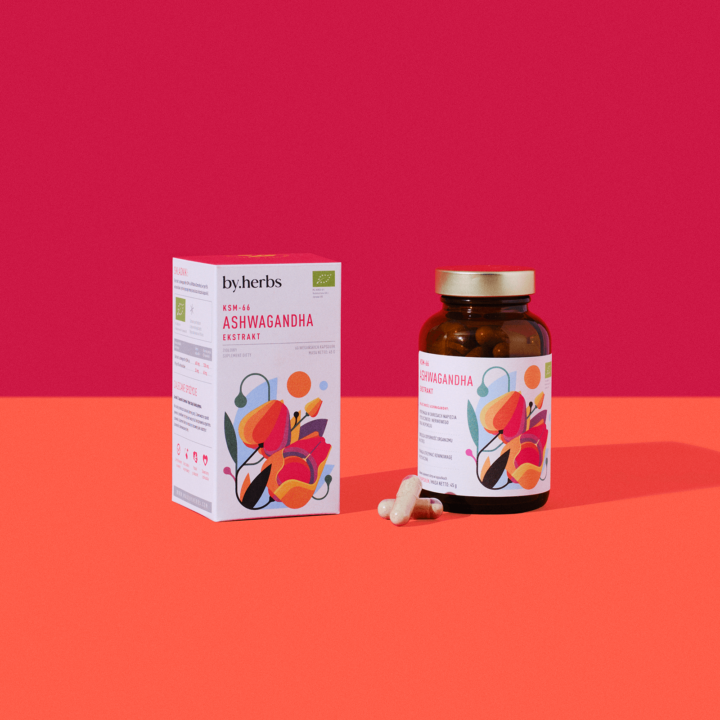Polish is a superfood!
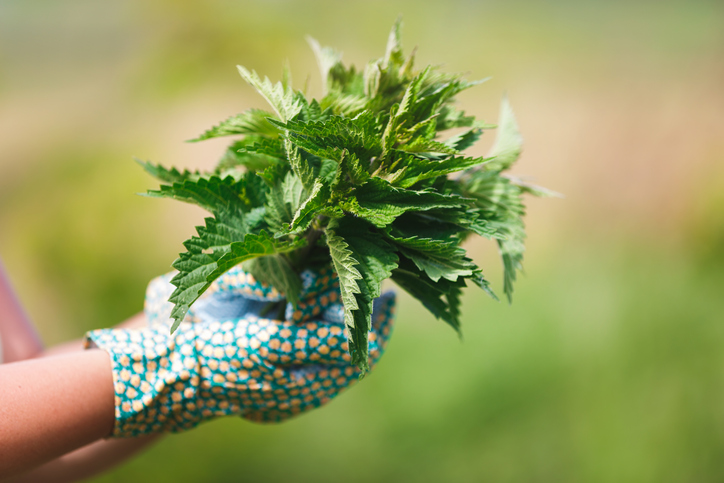
Did you know that nettle is not just a weed? Discover why Polish is a superfood and how it affects our health.
Polish is a superfood that is often underestimated. Many people see nettle (lat. urtica) as a stinging weed that is better to watch out for. It is possible to agree with the statement that touching the leaves or stem will give us unpleasant itching and that it is a weed. Nevertheless, its medicinal value should not be underestimated. Here are 6 facts about nettle that will make you appreciate it:
It is a relatively good source of protein.
Depending on the harvest time, fresh nettle leaves contain between 4 and 9 g of protein per 100 g of fresh raw material. The most valuable nettle is the one harvested in spring, just before or during flowering. What’s more, the dried leaves and ground into powder can be a great addition to high-quality cocktails. In 100 g of such powder you will find as much as 30 grams of protein! Shock and disbelief? We will surprise you even more when you learn that nettle contains all the essential essential amino acids! This is great news, especially for people on a plant-based diet, for whom supplementing essential amino acids is sometimes a serious challenge. These will not be large amounts, but they can be a valuable addition and variety to your daily diet.
It is a rich source of calcium.
A 100 g serving of a fresh spring plant satisfies almost 80% of the daily calcium requirement! Taking into account that the norms for calcium intake are quite high and it is not so easy to take care of an adequate supply of calcium with the diet, it is worth taking this into account. The main source of calcium in the diet of Poles is still dairy products, which, for various reasons, more and more people are moving away from. Including different sources of calcium in your diet is crucial, if only for maintaining bone health. Is it proven? Of course! Studies have shown that vegans have lower bone density than omnivores. This is probably related to the fact that by eliminating dairy, they do not care about introducing other plant-based sources of calcium into their diet.
It is helpful in the case of prostatic hypertrophy.
Prostate enlargement is mainly a disease of men over 50. years of age. As we age, a man’s body decreases the production of male sex hormones, which can cause this gland to grow gradually. Nettle is used to suppress the symptoms of benign prostatic hyperplasia, as an alternative to synthetic drugs. It turns out that preparations of plant origin bring improvement in about 60-80% of patients in the early stages of benign prostatic hyperplasia. This is confirmed by clinical studies where nettle has been used both in combination therapy and as monotherapy. The hydrophilic parts of nettle contained in the root: lectins and polysaccharides responsible for inhibiting aromatase activity are responsible for minimizing the symptoms of prostatic hypertrophy. An enzyme-inhibiting effect was observed when high concentrations of alcoholic nettle root extract were administered. Gentlemen, take care of yourselves and get used to nettles!
Do you have diabetes or don’t want to have it? Reach for nettles!
It can be helpful in the case of already existing diabetes and in its prevention. It has been suggested that nettle affects the absorption of glucose in the intestine, as well as glucose uptake in peripheral tissues, which contributes to the reduction of blood glucose levels. Nettle is also thought to inhibit key carbohydrate digestive enzymes, including α-amylase and α-glucosidase, and thus reduce intestinal glucose absorption. Our underrated weed is also able to protect the liver from oxidative damage in type 2 diabetes, which can be attributed to its antioxidant effects. Nettle can reduce the complications of diabetes through its anti-inflammatory, immunomodulatory, anti-aggregation, antioxidant, analgesic, diuretic, calcium channel blocker, nitric oxide-mediated vasodilator, as well as through its cholesterol-lowering properties. There’s a lot of good stuff, and that’s not all.
The culinary possibilities of using nettle are endless!
A handful of nettles for a cocktail — famous. Nettle ala spinach stewed in olive oil with garlic — famous. Nettle soup — fairly famous. But… Did you know that nettle flour can be added to bread making or to kneading pasta? It turns out that adding nettle flour to regular wheat flour can be a hugely valuable way to sneak extra nutritional value into a meal. This may be especially important in poor countries, where wheat-based meals are a regular part of the daily diet. What’s more, the addition of such flour to bread lowers its glycemic index, which can be very helpful for people struggling with carbohydrate metabolism disorders.
Use the whole plant!
The leaves are most often used, but it is worth remembering that every part of the nettle is valuable. Both its leaves and flowers, as well as its roots. It’s a good idea to do some meditation on the move and pick nettle flowers with seeds. It is such a valuable raw material that it reaches very high prices in trade (about PLN 150 per litre). The seeds are a rich source of polyunsaturated, monounsaturated and saturated fatty acids, with a predominance of linoleic and oleic acids. These acids are susceptible to oxidation processes, so it is worth harvesting nettle flowers during flowering, storing them in a closed container and grinding them fresh for meals to preserve as many health-promoting properties as possible.
Of course, it cannot be overlooked that nettle has a positive effect on hair and nails, as it contains vitamins B1, C, E and K. But our grandmothers have known about the beneficial effects of this weed on beauty for a long time.
Sorting out the information listed above (and that’s not all that this plant can do), nettle can definitely be called a Polish superfood. We hope that we have managed to demystify this weed at least a little bit and have proven that nettle should definitely be treated as a miracle of nature.
ORIGIN
- Adamski et al. 1980. Studies of chemical substances present in Urtica dioica L. leaves. Part 1. Trace elements Herba Pol 26 (3), 177e180
- Ait H. Saidi et al. Highlights on nutritional and therapeutic value of stinging nettle.. International Journal of Pharmacy and Pharmaceutical Sciences ISSN- 0975-1491 Vol 7, Issue 10, 2015
- Alemayehu1 et al. . Proximate, Mineral Composition and Sensory Acceptability of Home Made Noodles from Stinging Nettle (Urtica simensis) Leaves and Wheat Flour Blends. International Journal of Food Science and Nutrition Engineering 2016, 6(3): 55-61
- Bnouham, M., Merhfour, F.-Z., Ziyyat, A., Mekhfi, H., Aziz, M., & Legssyer, A. (2003). Antihyperglycemic activity of the aqueous extract of Urtica dioica. Phytotherapy, 74(7-8), 677–681.
- EMEA. Committee on Herbal Medicinal Products (HMPC). Assessment report on Urtica dioica L., Urtica urens L., their hybrids or their mixtures, radix. London 2009.
- Jakubczyk et al. Stinging nettle (Urtica dioica L.) – botanical characteristics, biochemical composition and health benefits. Pom J Life Sci 2015, 61, 2, 191–198
- Kianbakht et al. Improved glycemic control in patients with advanced type 2 diabetes mellitus taking Urtica dioica leaf extract: A randomized double-blind placebocontrolled clinical trial. Clin Lab, 59(9-10), 1071–1076. 2013
- Krawęcka et al. Stinging Nettle (Urtica dioica L.) as a Functional Component in Durum Wheat Pasta Production: Impact on Chemical Composition, In Vitro Glycemic Index, and Quality PropertiesMolecules. 2021 Nov 16; 26(22):6909.
- Laban et al. Mineral Properties and Dietary Value of Raw and Processed Stinging Nettle (Urtica dioica L.). Int J Food Sci. 2013; 2013: 857120.

